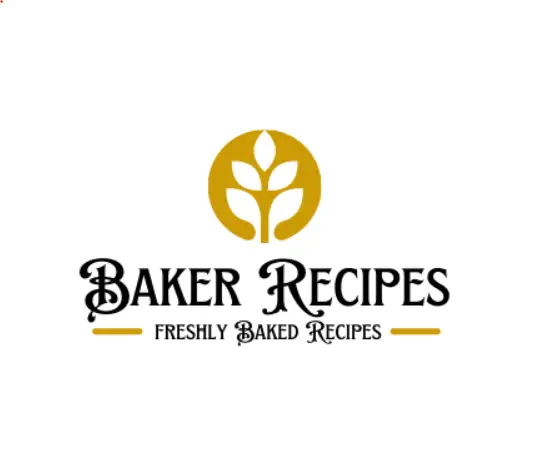The best delicious Gluten Free Bread Hints – Bread Machine recipe with easy-to-follow step-by-step instructions that are straightforward and foolproof. Try this Gluten Free Bread Hints – Bread Machine recipe today!
Hello my friends, this Gluten Free Bread Hints – Bread Machine recipe will not disappoint, I promise! Made with simple ingredients, our Gluten Free Bread Hints – Bread Machine is amazingly delicious, and addictive, everyone will be asking for more Gluten Free Bread Hints – Bread Machine.
What Makes This Gluten Free Bread Hints – Bread Machine Recipe Better?
The answer is simple, Simplicity, Foolproof, Straightforward, and Tested. Yes, all recipes have been tested before posting including this Gluten Free Bread Hints – Bread Machine.
Ready to make this Gluten Free Bread Hints – Bread Machine Recipe? Let’s do it!
Oh, before I forget…If you’re looking for recipes that are simple to follow, then we’ve got your back. With over 55,000 recipes in our database, we’ve got the best recipes you’re craving for.
1 no ingredients
From – Bread Machine Baking for Better Health, Maureen Keane and
Danirlla Chase. —– Personal Note: I have not tried any of these
recipes, but for anyone that is on a restricted diet I would
recommend that you take a look at this book. I found it at our local
health food store. —–
Check your machine’s instruction booklet to make sure your machine
can bake whole grain breads. Some machines on the market today are
equipped to make only lighter, white breads. If you bake whole grain
breads in this type of machine you will eventually wear down the
motor. Baking Gluten Free Bread in ABM
Since only flours containing no lkiadin and prolamin can be used to
make bread for people with celiac disease or dermatitis
herpetiformis, a substitute for gluten must be used to make the dough
rise. An excellent substitute for gluten is xanthan gum, a natural
product made from Xanthomomas campestis. This micro organism is
grown in the lab for its cell coat, which is dried and ground to form
xanthan gum. Xantham gum is added as a powder to the dry bread
ingredients. One teaspoon is needed for every cup of gluten free
flour. You can buy this product at your local health food store or
order it from various mail order companies.
Tips for Making Gluten Free Breads
1. Buy a machine that makes the 1 1/2 pound square type loaf. This
will enable you to make medium and small size loaves that are easy to
slice for sandwiches and toast.
2. Gluten free doughs are sticky and difficult to mix. Help your
machine by checking on the dough often during the first 5 – 10
minutes. Scrape down the sides of the pan with a soft rubber spatula.
3. Gluten free dough does not look like ordinary wheat dough.
Gluten free doughs require more liquid and in some recipes resemble a
batter more than a dough. By observing the dough mixing during the
first 5 ~ 10 minutes you will get a feel for what the dough should
look like and be able to adjust the liquid and dry ingredients
accordingly.
4. The dough will mix more readily if you always add the liquid
ingredients first. Do this EVEN if your machine recommends that dry
ingredients should go in first.
5. GF breads require extra yeast to rise. Some recipes will double
or triple the amount of yeast called for in a similar recipe made
with wheat flour.
6. If your machine has a yeast dispenser, do NOT use it. The bread
will rise higher if you sprinkle the yeast on top of the dry
ingredients just before you start the machine.
7. A combination of three or four flours will taste better than a
mixture of just one or two flours. The bread will rise higher as
well.
8. Never buy your flours from an open bin. They may be contaminated
with small amounts of gluten containing products. Use only products
that are sealed in a package.
9. Wheat free ingredients are not the same as gluten free products.
10. Potato starch flour is not the same as potato flour. Potato
flour is heavier and does not work well in gluten free breads.
Lactose intolerance:
Cereal free soymilk makes an excellent substitute for milk. Fortified
soymilk will also add significant amounts of protein, calcium,
vitamin D and ribroflavin to your breads:
=3D=3D Courtesy of Dale & Gail Shipp, Columbia Md. =3D=3D
Yields
1 info sheet


Leave a Reply